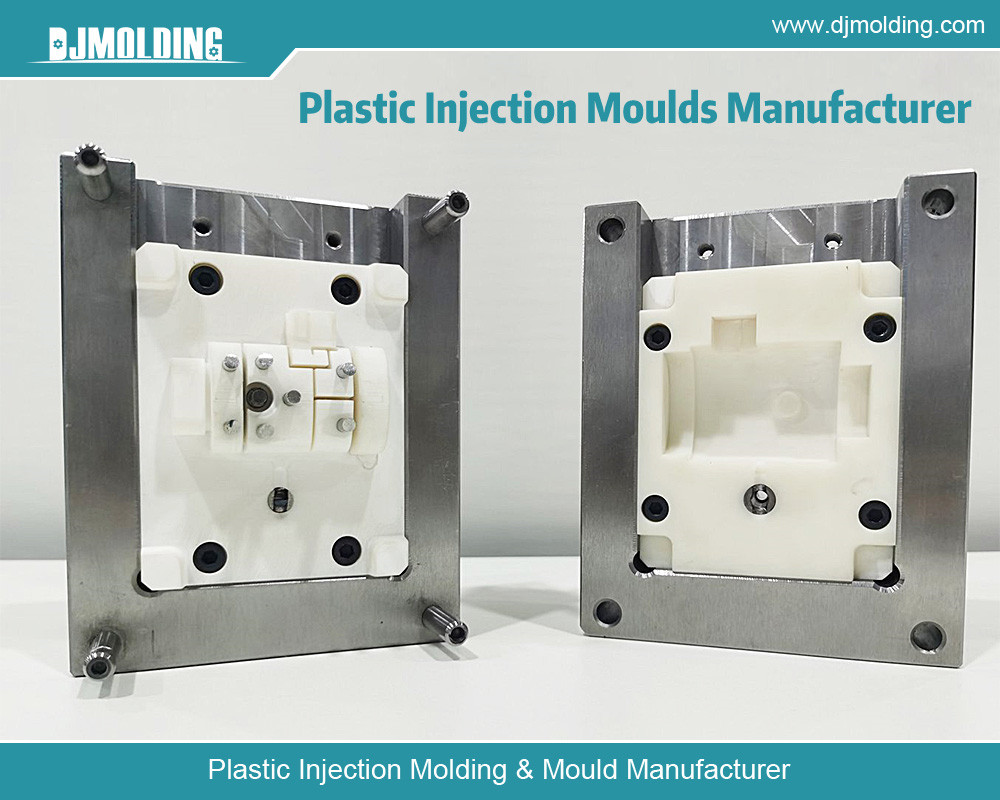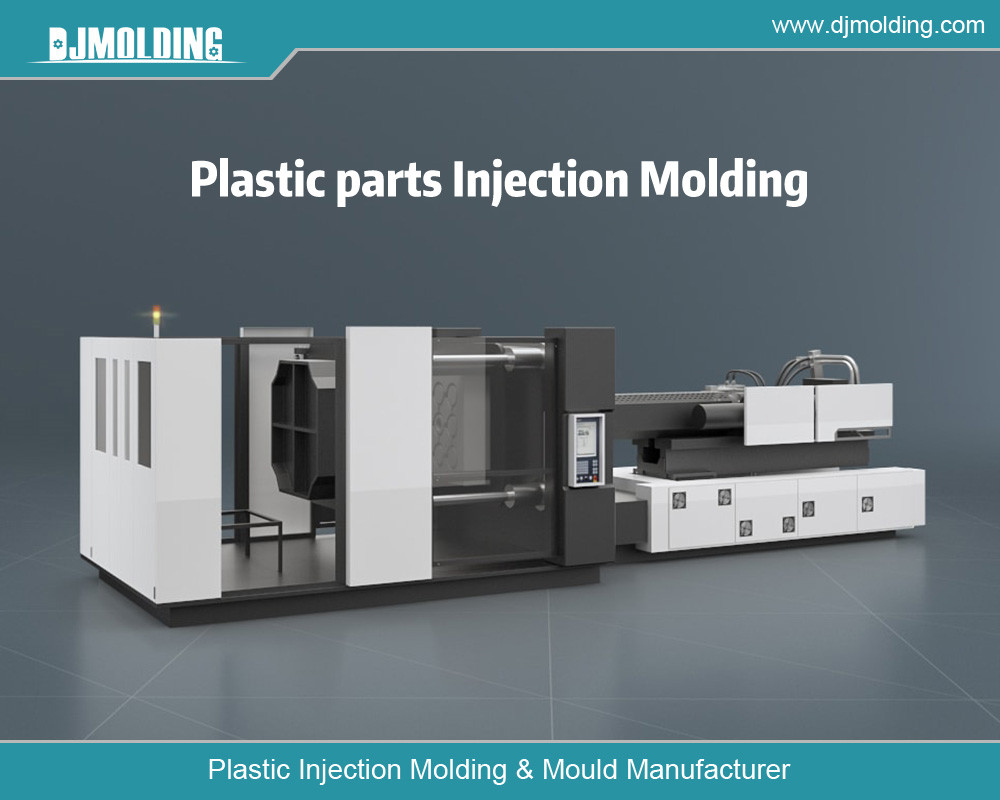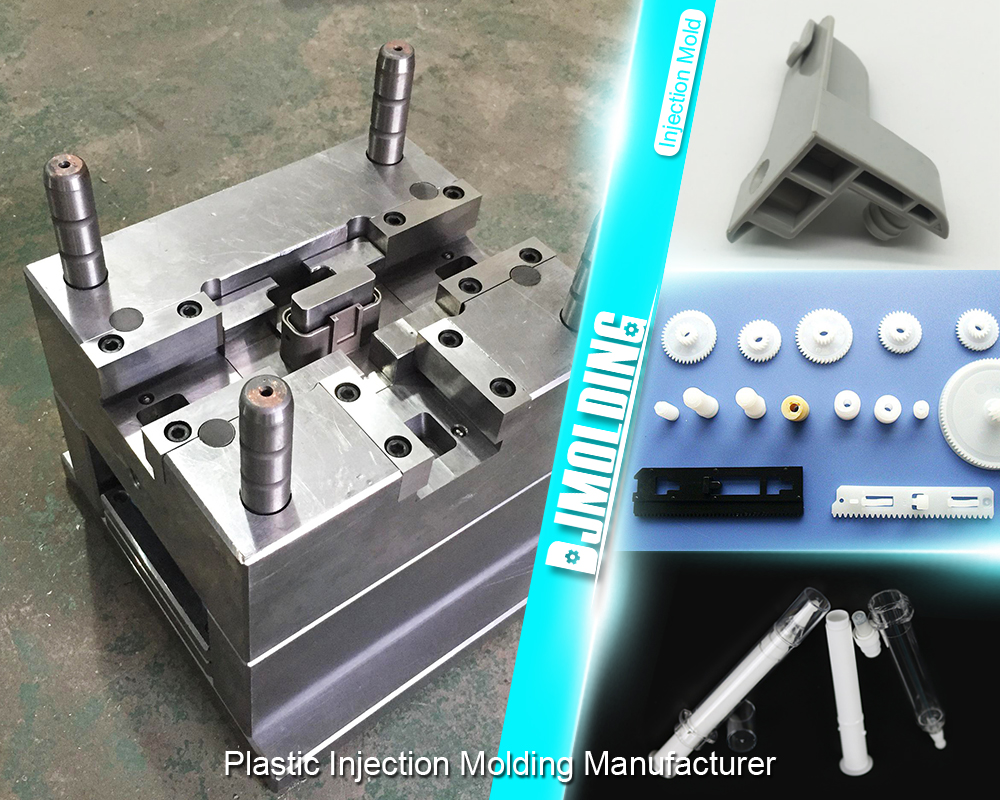Streamlining Your Production Process: The Benefits Of Contract Manufacturing For Low-Volume Plastic Part Orders
Streamlining Your Production Process: The Benefits Of Contract Manufacturing For Low-Volume Plastic Part Orders
Low-Volume Manufacturing: What Is It?
When we talk about low-volume manufacturing, we’re talking about production runs that output tens to thousands of parts. These days, mass production, the process of creating vast numbers of similar goods, is the foundation of the majority of conventional manufacturing techniques, like molding and shaping. For large-scale manufacturing (over 10,000 components), these methods are very cost-effective, but they necessitate standardization, costly technology, and tooling that infrequently permits product revisions.
Tooling may easily cost $10,000 or more for mass manufacturing methods like injection molding, and it can delay production schedules by several weeks or months. Manufacturers can use high-volume orders in mass production to offset these high upfront capital requirements because the cost per part goes down as the costs are split between thousands of parts. Mass manufacturing techniques are designed to produce identical components in huge quantities, which limits the economic viability of generating highly customized or specialized pieces.

Why does it make sense to contract production for low quantities?
Not everything is worth building internally, particularly if the product is produced in small enough quantities to justify the expense and infrastructure required to construct it. Every manufacturer faces the same set of issues. Manufacturing firms are constantly striving to produce goods that are more affordable, superior, and faster. Some of the battlegrounds they face are demand forecasting, cycle time reduction, efficient workflow creation, and many more.
It needs an experienced group with a clear grasp of their objectives to do all of these jobs. It also requires a solid supplier base. Not everything is worth building internally, particularly if the product is produced in small enough quantities to justify the expense and infrastructure required to construct it.
Commercial manufacturing for low quantities: benefits
OEMs are discovering various advantages from selecting a certified contract manufacturer that may assist with assemblies and even the full product build, as opposed to only outsourcing the parts of CNC milling, metal sheet fabrication, plastic molding, and other components. Here are a few of our favorite advantages that we have observed our customers enjoying when they resort to contract production for small volumes.
Low volume outsourcing allocates overhead resources
A specialist, cross-trained crew is used by low-volume contract producers to maximize effort across all customers. However, luck isn’t always on the OEM’s side. Purchasing and administrative expenses for products with small quantities are very difficult to effectively manage. On the other hand, contract manufacturers are able to quickly maintain overhead personnel, making up for productivity shortfalls with the work of other clients. No one gets paid for downtime in this way.
In real estate, collaboration across product lines
Contract manufacturers have the flexibility to use their space as needed, just like in the scenario with the workers overhead. Since equipment and space are shared by several client product lines, manufacturing ramp-ups and ramp-downs were more unlikely to create a rift in the workplace. An OEM should not spend money on physical premises that might be vacant during a slow period. This would result in a sharp decline in profits, effectively transforming an otherwise successful product line into a loss on the books.
Integration saves development of in-house processes vertically
A competent contract manufacturer will be partially vertically integrated. This could entail internal CNC milling, sheet metal production, the welding process, physical assembly, and a host of additional procedures used in contracted production for small numbers. The OEM faces a severe risk of underutilization in addition to a significant capital equipment cost if it wants to offer the same degree of vertical integration. Conversely, contract manufacturers will probably use all of their current internal machinery to optimize the process. The OEM receives cost savings by utilizing this efficiency. Usually, this also covers all of the managerial and skilled labor required to establish a production cell.
Making use of the rate disparity
We have frequently observed major OEMs charging between $150 and $300 per hour for house rates. Using an inferior contract manufacturer will usually result in quick cost reductions and more affordable pricing. These kinds of differences guarantee that, even for small quantities of their product, a major OEM can locate a highly competent contract manufacturer without compromising quality. Therefore, many OEMs will find themselves looking at businesses that are considerably smaller than themselves when picking a decent contract manufacturer.
Basics of Contract Assembly
Specialists in assembly work a little bit differently than other manufacturers. The main task of assemblers is to put semi-finished parts together to create more intricate semi-finished goods or finished products. Instead of creating materials, dye-casting, cutting, or machine-tooling, they concentrate on bringing disparate components closer to the final product, thus increasing value. This can include any combination of human or automated manufacturing technology-assisted welding processes, such as soldering, gluing, bolting, nailing, or assembling. For an additional tire producer, an independent manufacturer in the auto industry might put metal rims, lug nuts, and dye-cast rubber together to create finished tires.
Positives and negatives
The contractor may maintain lean operations and optimize profit margins due to the modest volume of the firm, which also has the benefit of minimal startup and overhead costs. Because they work as contractors, these companies can save a lot of time and money by not having to worry about developing new products or selling them directly to customers. Additionally, assembly experts are in a good position to carve out a market niche for themselves, thereby lowering competition. Conversely, low-volume contractors lose influence over the demand for the goods they assemble because they are dependent on the efficacy of their customers’ products. The contractor’s revenues will decline if the sales of a significant client decline.
Marketing and Sales
In the produced goods distribution chain, contract producers have minimal to no interaction with ultimate consumers. Instead, they promote and sell their goods straight to bigger producers, who either create their own brand or outsource their own production. The primary clients of salespeople in these companies are small-business owners, procurement managers, and corporate executives. Salespeople need to concentrate on creating and delivering unique solutions that lower production costs for clients without sacrificing quality requirements. In this area, personal selling may be more crucial than typical marketing strategies like promotions, advertising, and the like.
 Extended customer connections
Extended customer connections
Establishing enduring, mutually beneficial connections with clients is essential to being successful as a contract maker. It is not necessary for a low-volume assembler to prioritize quick expansion through ongoing contract acquisitions. It is feasible to continue making stable profits and bringing in a small number of devoted clients for many years to come, so long as the business’s goal is to stay small. Securing contracts with major international producers who demand a steady and growing amount of contract assembly can be beneficial if the business’s goal is to become a high-volume manufacturer.
For more about streamlining your production process: the benefits of contract manufacturing for low-volume plastic part orders,you can pay a visit to Djmolding at https://www.djmolding.com/small-volume-plastic-part-manufacturing-cost-breakdown-how-to-optimize-your-budget/ for more info.




